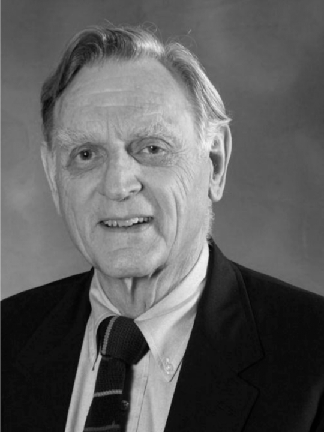
John B. Goodenough was born on July 25, 1922. He grew up in Connecticut where his father taught at Yale, specializing in the history of religion. During his childhood Goodenough struggled with reading—at the time dyslexia was largely undiagnosed, poorly understood, and rarely treated. To his own surprise, Goodenough received a scholarship to a private boarding school and subsequently entered Yale. Initially, he had no plans to study science. In his second year at Yale, World War II began for the United States with the bombing of Pearl Harbor, and John enlisted in the Army Air Force. He served as a meteorologist dispatching tactical aircraft across the Atlantic. Goodenough was awarded a degree in Mathematics from Yale in 1944. Two years later, still in the Army and stationed in the Azores, he was ordered to return to the states to study either mathematics or physics in Chicago. John chose physics and immediately began his graduate studies. He left the Army in 1948 and in 1952 received a Ph.D. from the University of Chicago. Rather than taking an academic position, Dr. Goodenough joined MIT's Lincoln Laboratory, where he worked on the development of ferrite core memory for computers. Subsequently, he chose to focus on solid-state chemistry. For the next decade or so his work was theoretical, and he published two books on oxide materials.
Two events put Dr. Goodenough's career ...
Get Electrochemical Engineering now with the O’Reilly learning platform.
O’Reilly members experience books, live events, courses curated by job role, and more from O’Reilly and nearly 200 top publishers.

